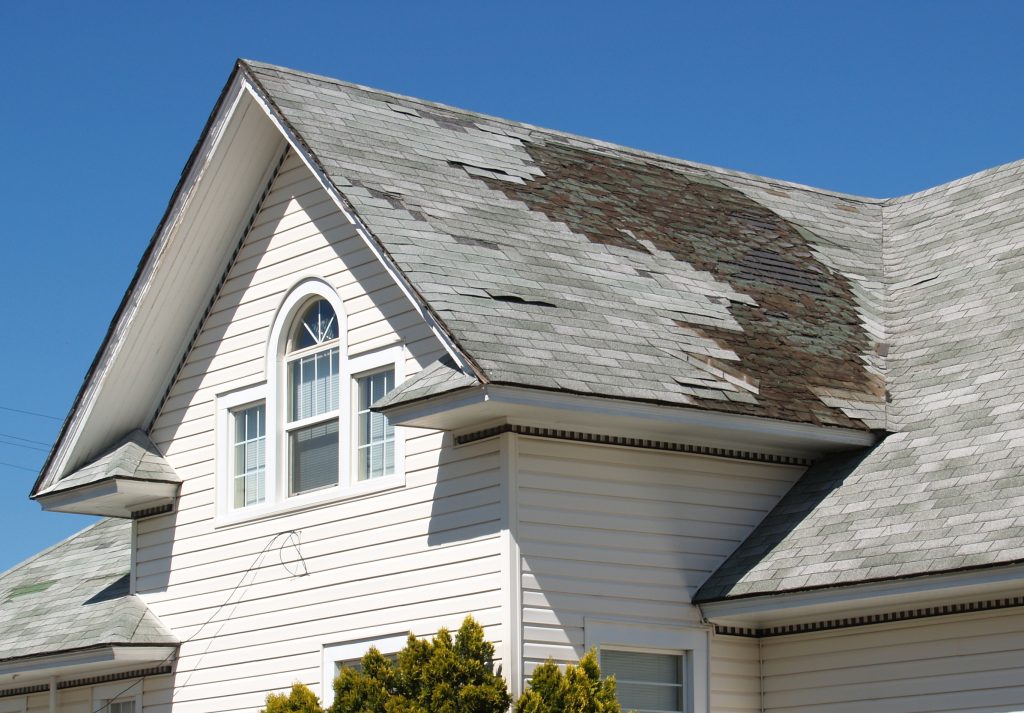Why wait for the drip, drip, drip of a damaged roof Its a good idea to inspect your roof regularly, particularly if you live in areas of the country that experience extreme weather. You can inspect your roof yourself by either climbing on your roof or by using binoculars from the ground.
If you choose to go up on the roof yourself, remember to always utilize proper safety equipment to prevent falls or injury. See our Safety section for more details.
Here are some things to look for:

Check flashing for damage or inadequate coverage
You can do all this yourself, but if you’re uncomfortable with the idea of walking around on your roof or climbing a ladder in the first place, or you just want a professional inspection done, your best option is always to find a GAF factory-certified contractors near you.